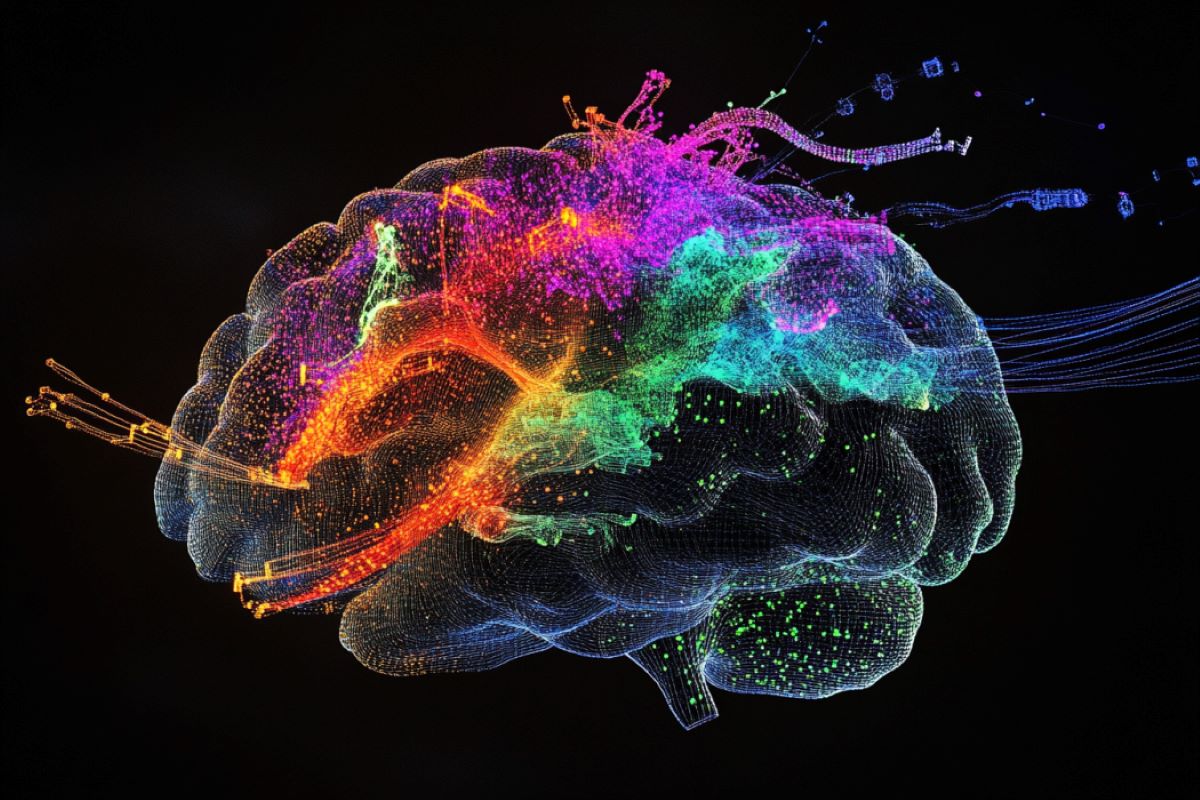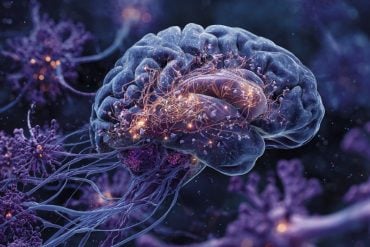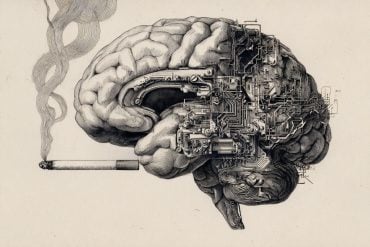Summary: The BRAIN Initiative® Cell Atlas Network (BICAN) has released its first major dataset, providing single-cell and single-nucleus transcriptomic and epigenomic profiles from human, mouse, and other mammalian brain cells. This open-access release is designed to accelerate neuroscience research, offering raw data that will help define brain cell types and their molecular characteristics.
By prioritizing early data sharing, BICAN aims to foster collaboration across labs and speed up discoveries about brain health and disease. This initiative builds on previous projects to map the brain and promises to advance our understanding of brain cellular diversity.
Key Facts:
- BICAN’s data release includes brain cell profiles from 12 species, including humans.
- The open-access data accelerates research by sharing findings before publication.
- This effort aims to map brain cell types and foster collaborative research worldwide.
Source: Allen Institute
The BRAIN Initiative® Cell Atlas Network (BICAN) has launched its first major data release, marking a significant milestone in the ambitious effort to map the whole human brain.
The data, accessible through the BICAN Rapid Release Inventory, includes single-cell and single-nucleus transcriptomic and epigenomic profiles from humans, mice, and 10 other mammalian species.
Sourced from multiple grants and labs within the consortium, including the Allen Institute, these data are from projects that aim to identify and define brain cell types based on molecular profiles.

“The tap is open, the data is flowing, and more is on the way,” said Carol Thompson, Ph.D., associate director of data management at the Allen Institute. “The hope is that if we can encourage data reuse and sharing by multiple labs, we can maximize the value of these datasets and really amplify the public investment into research.”
This effort is funded by the National Institutes of Health’s Brain Research Through Advancing Innovative Neurotechnologies® Initiative, or The BRAIN Initiative®. BICAN unites neuroscientists, computational biologists, and software engineers to create a comprehensive atlas of the human brain.
This effort builds on earlier NIH BRAIN Initiative-funded projects at the Allen Institute and elsewhere, which mapped the cells of the entire mouse brain and parts of the human brain by studying the genes active in individual cells.
“This release represents a major step forward to this next frontier of neuroscience, where we finally will start to understand what sets the human brain apart,” said Fenna Krienen, Ph.D., an assistant professor at the Princeton Neuroscience Institute whose lab contributed data to today’s release.
“By bringing together experts across multiple specialties, the BICAN project is a model of open science,” said John Ngai, Ph.D., director of the NIH BRAIN Initiative.
“The availability of this rapidly growing treasure trove of data will enable researchers around the world to propel the field toward a deeper understanding of the human brain in both health and disease, ultimately paving the way to more precise treatments and cures for devastating brain disorders.”
The open data release is designed to accelerate discoveries in neuroscience by providing unprecedented access to raw data from brain cells across species and developmental stages. Traditionally, it can take years between a scientist generating data and that information becoming available through a published paper.
This initiative marks a departure from that conventional approach, prioritizing early data sharing to foster collaboration and speed up research.
“I hope this model becomes the norm, where we release data before it’s published and work together to create resources for the entire community,” Krienen said.
Researchers can now use this open dataset to map and define brain cell types, offering new insights into brain cellular diversity and function.
“Neuroscience is a challenging field,” Thompson said. “The more we can do to ensure the data we generate fuels more studies and helps the community, the better off we’ll be.”
About this brain mapping and neuroscience research news
Author: Peter Kim
Source: Allen Institute
Contact: Peter Kim – Allen Institute
Image: The image is credited to Neuroscience News






